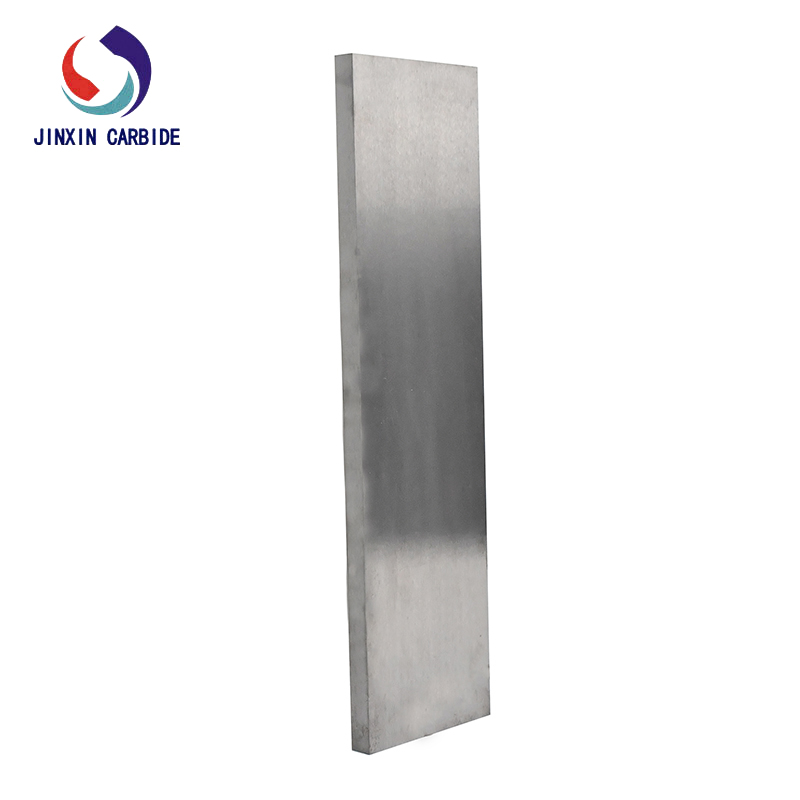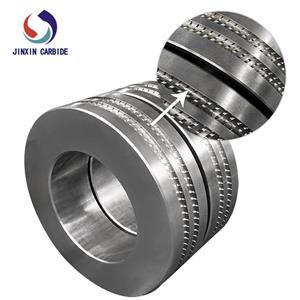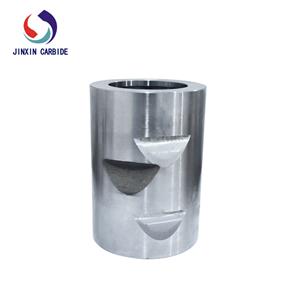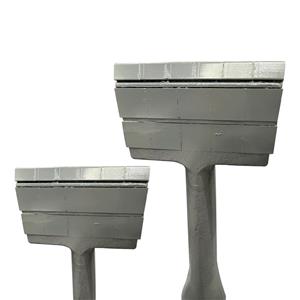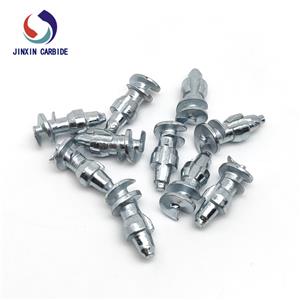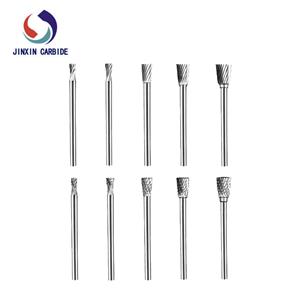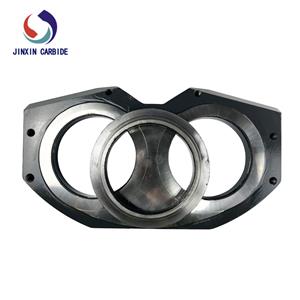Application of different sizes of Cemented Carbide plates
Generally speaking, the thinnest carbide plates can reach about 0.1mm. These extremely thin plates are often used for the production of substrates for precision electronic components or for small tools with very high thickness requirements. For example, in the manufacture of semiconductors, very thin carbide plates are used to meet high precision machining requirements for some of the microminiature mold components.
Thicker tungsten carbide plates can be tens of millimeters thick, with common thicknesses ranging from 3 - 10mm. These thicker carbide plates are mainly used for the manufacture of large cutting tools, the main load-bearing parts of molds and dies, and so on. For example, in large stamping dies, carbide plates with a thickness of 5 - 8mm can be used to make the base part of punches and concave dies to withstand huge stamping pressures.
The length and width dimensions are also highly variable. In smaller application scenarios, the length and width of the tungsten carbide plate may be only a few millimeters to a few tens of millimeters. For example, a Cemented Carbide plate used to make a heat sink for a small electronic package might measure around 10mm x 10mm, allowing for flexible design and processing to suit the specific electronic device size.
In large industrial applications, carbide plates can be several meters long and about 1 meter wide. For example, in the manufacture of some large rolls (some roll surfaces are inlaid or coated with carbide plates), larger carbide plates are used, with lengths of 2 - 3 meters and widths of 0.5 - 1 meter, to meet the wear-resistant needs of large roll areas.

